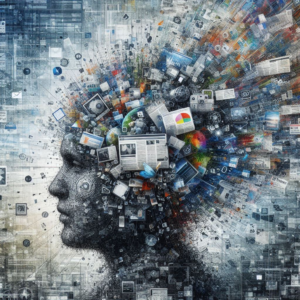
Digital accessibility is important for many reasons and its importance is only growing. Yet defining what accessibility means, or what the application of universal accessibility principles look like when designing for neurodivergence, is really challenging. I believe that many people use WCAG compliance checkers to test their work for technical compliance. That’s a good start, but there’s so much more we can do.
Neurodiversity is a thing. It’s always existed, but was not always acknowledge as being an acceptable part of the general human condition. We know a lot more about it now than ever before. With understanding comes opportunity: opportunity to help, opportunity do make better things.
Designing for neurodivergence
This article is interesting; it talks about software accessibility and neurodivergence, and specifically ADHD (a topic near and dear to me). The author, Eva Katharina Wolf, says that “… there are things we, as UX Designers, can do to make the life for neurodivergent people, like myself, a lot easier.” She talks about ADHD symptoms (Forgetfulness, Losing things, Easily distracted and Difficulties with instructions) and offers some ideas for good design approaches.
The ideas she comes up with may be for people who have ADHD, but they are good for all regardless. Most of all, this is food for thought. The article reminded me why inclusive design is so important and why we need to think outsie the proverbial box when we consider what accessibility and inclusivity are.
What can YOU do?
How can YOU make your work better for more people? How can designing for diversity and accessibility make your products better for everyone? If you stumble across this and have thoughts, please post a comment or two. I would love to compile more resources about designing for neurodivergence and see how some of the work I have done could be improved. No wonder there’s never time to be bored! 😀
Read Software accessibility for users with Attention Deficit Disorder (ADHD)
Leave a Reply